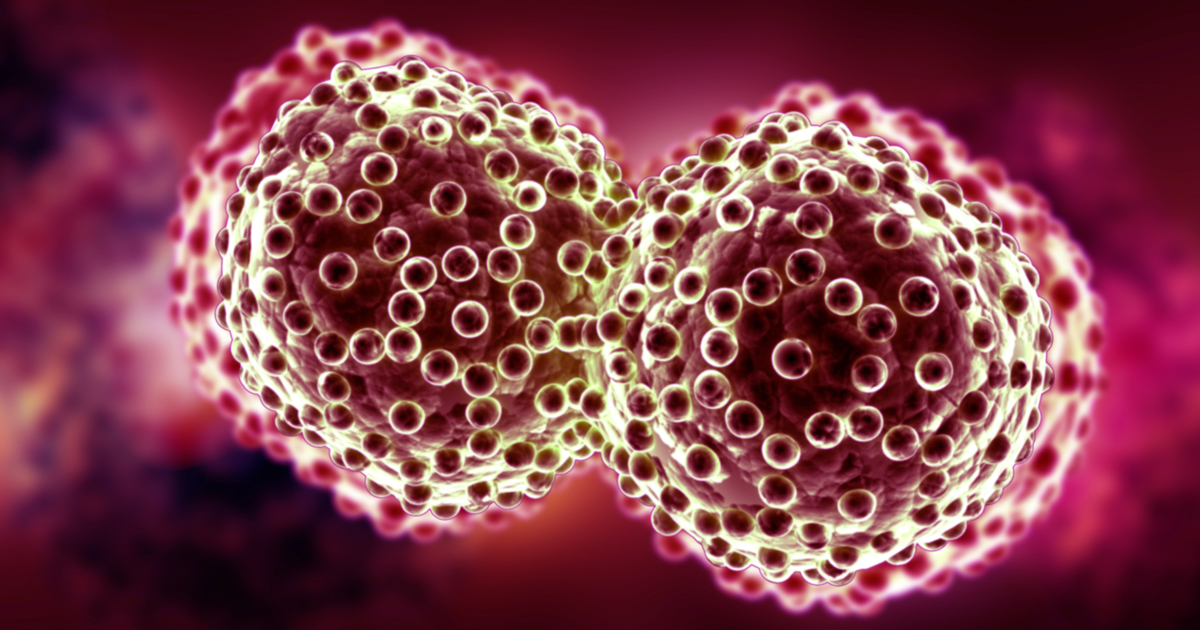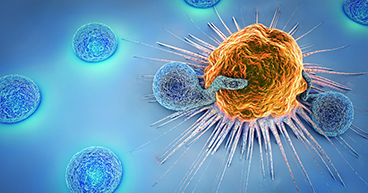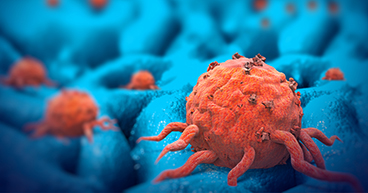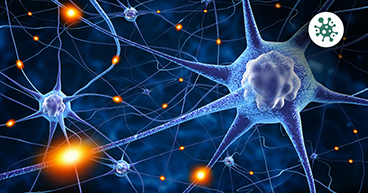
Human cells come in many sizes and shapes that often provide clues as to the cells’ function. Immune cells called macrophages, for instance, have long tentacles that reach out for and consume bacteria, viruses or other cells. Nerve cells spread out to better connect and transmit information. Squamous cells that line the skin and organs are thin and flat, like scales on a fish. Doctors also use cell shapes to help diagnose diseases, such as sickle-cell anemia, which are deformed red blood cells. When it comes to cancer, cell size or shape may be critical in helping to diagnose the type and stage of the disease.
"In general, cancer cells have larger nuclei than normal cells," says Fernando U. Garcia, MD, Pathologist at our hospital in Philadelphia. "This is mainly due to alterations in the DNA that have resulted in the development of cancer. This alteration in the DNA gives cells a property called hyperchromasia, meaning the cells appear darker than normal cells, and pleomorphism, meaning cells with different shapes and sizes."
“ It's not just the shape that's important, but the number of cells and the variety of shapes. In most high-grade III cancers, for instance, you see cells that are big, round, square, triangular. You're seeing an array of shapes and sizes.” - Fernando U. Garcia, MD, Pathologist
Distinguishing cancer cells
This chaotic collection of mutated and misshapen cells may allow pathologists to almost instantly determine whether a tissue sample is cancerous, Dr. Garcia says. "It's not just the shape that's important, but the number of cells and the variety of shapes," he says. "It most high-grade III cancers, for instance, you see cells that are big, round, square, triangular. You're seeing an array of shapes and sizes." Scientists are also researching what these cell shapes may tell them about possible gene mutations in some cancers and whether shapes may help predict how cancer travels through the body.
Cell shape may also help determine the specific type of cancer. For instance, cell shape helps determine if a patient’s lymphoma is a Hodgkin or non-Hodgkin variety. Patients with Hodgkin-lymphoma have enlarged, double-nucleus cells called Reed-Sternberg cells, which are shaped like owls' eyes and are not found in non-Hodgkin lymphoma patients. Brain tumors called glioblastomas are also referred to as astrocytomas because they originate in star-shaped cells called astrocytes.
Cell facts
- The mycoplasma gallisepticum is believed to be the smallest cell in the world, at .0001 millimeter. In comparison, a grain of salt is about.5 millimeters. It causes respiratory distress in chickens.
- The largest cell, Caulerpa taxifolia, is found in aquatic algae and can grow to be 12 inches long.
- In humans, the largest cell is the ovum, the human egg. The smallest human cell is the sperm cell.
- The longest cells in the human body are nerve cells.
In recent years, several clinical trials have studied whether cell shapes may help doctors predict the likelihood a cancer is more likely to metastasize, or travel to distant organs. Using computer algorithms and digital image analysis, Dr. Garcia and a team of researchers from Drexel University have determined whether breast cancer in some patients had traveled to the lymph nodes. "We may predict lymph-node metastasis just by looking at cells in the slide and running the digitized image through an algorithm," Dr. Garcia says. "We look at the shape of the cells, their relation to each other and interaction with normal structures, among other factors."
Scientists at the Institute of Cancer Research in the United Kingdom also are studying whether cancer cell shapes may be linked to gene mutations. By studying melanoma cells in mice, researchers were able to identify several genes they believe may influence cell shape. Among them is a gene called PTEN, which when turned off allowed cancer cells to become either round or elongated—perfect shapes to help them metastasize. Round cells travel more easily through the bloodstream; elongated cells are better able to pierce bone marrow or invade organs.
Lead researcher Chris Bakal, PhD, says learning more about cell shapes and the genes associated with how shapes determine the behavior of cancer cells may eventually lead to new therapies. "Changing the shape of cancer to make it less aggressive could be effective in combination with other therapies," Dr. Bakal says, "giving them a better chance to work."
Learn more about the difference between benign and malignant tumors.



